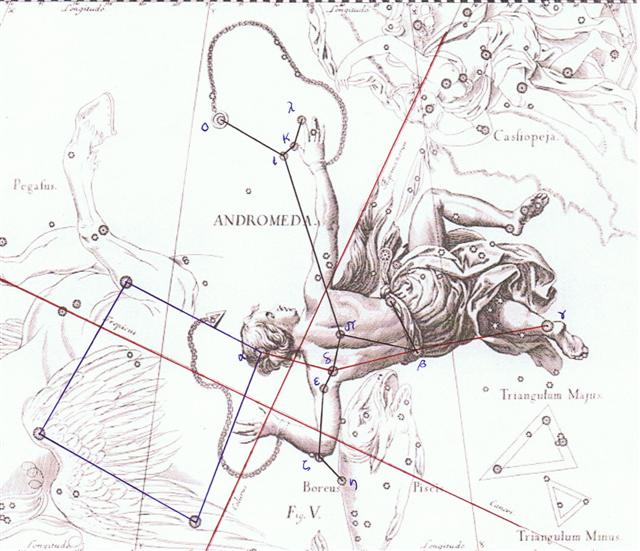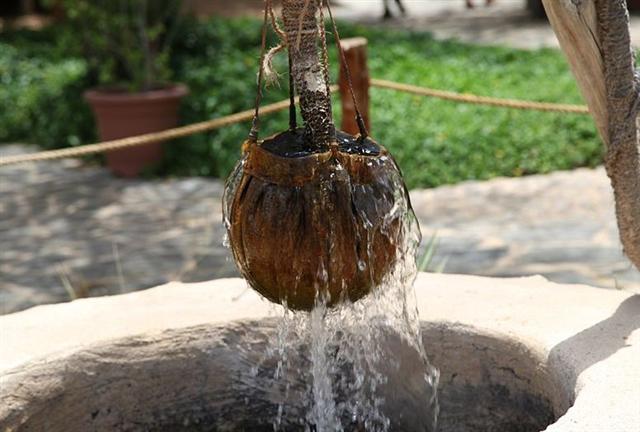2. The small square of Orion, with the 3 Belt Stars inside, can be contrasted with the large Square of Pegasus, with Andromeda and her girdle outside:
 
From an equinox to a solstice there is ca 90 days. From the beginning of the 1st hour to the end of the 5th there are 6 hours and 6 / 24 = ¼. The star Kerb (τ Pegasi) is especially noteworthy because of its position:
Allen: "τ, 4.5, with ν, was Al Sufi's Sa'd al Na'amah, which Knobel thinks should be Al Na'āim, the Cross-bars over a well; but they also were known as Al Karab, the Bucket-rope. The usual titles for τ - Markab and Sagma or Salma - are from Bayer, but the last two should be Salm, a Leathern Bucket."
12 * 29½ = 354 and the reversed hau tea in Gb5-1 indicates the end of a cycle measured as 12 lunar months. The Square of Pegasus maybe was imagined as a kind of well. However, the evidence rather indicates it was regarded as a great bucket of water: ...The Arabs knew the familiar quadrangle [the Pegasus Square] as Al Dalw, the Water-Bucket, the Amphora of some Latin imitator, which generally was used for the Urn in Aquarius ... But the principle of pars pro toto could well have been used both for the water-bucket and for the string of pearls: ... These Arabian titles of δ, ε, and ζ, although now applied to them individually, were at first indiscriminately used for the three together; but they had other names also, - Al Nijād, the Belt; Al Nasak, the Line; Al Alkāt, the Golden Grains, Nuts, or Spangles; and Fakār al Jauzah, the Vertebrae in the Jauzah's back ... Fire cannot survive in water, they exclude each other. |
||||||||||||||||||||||||||||||||||||||||||||||||||||||||||||||||||||||||||||||||||||||||||||||||||||||||||||||||||||||||||||||||||||||||||||||||||||



